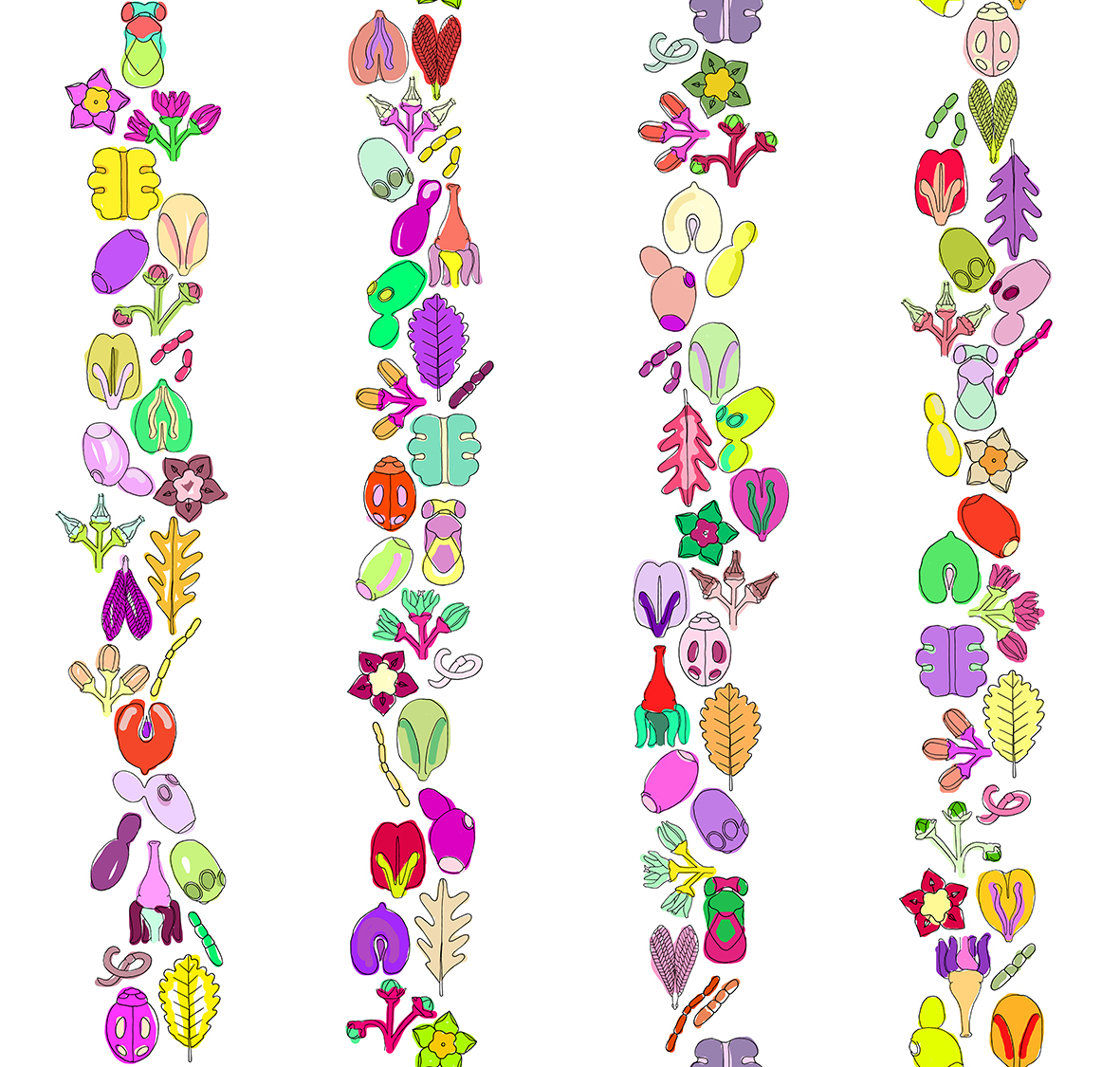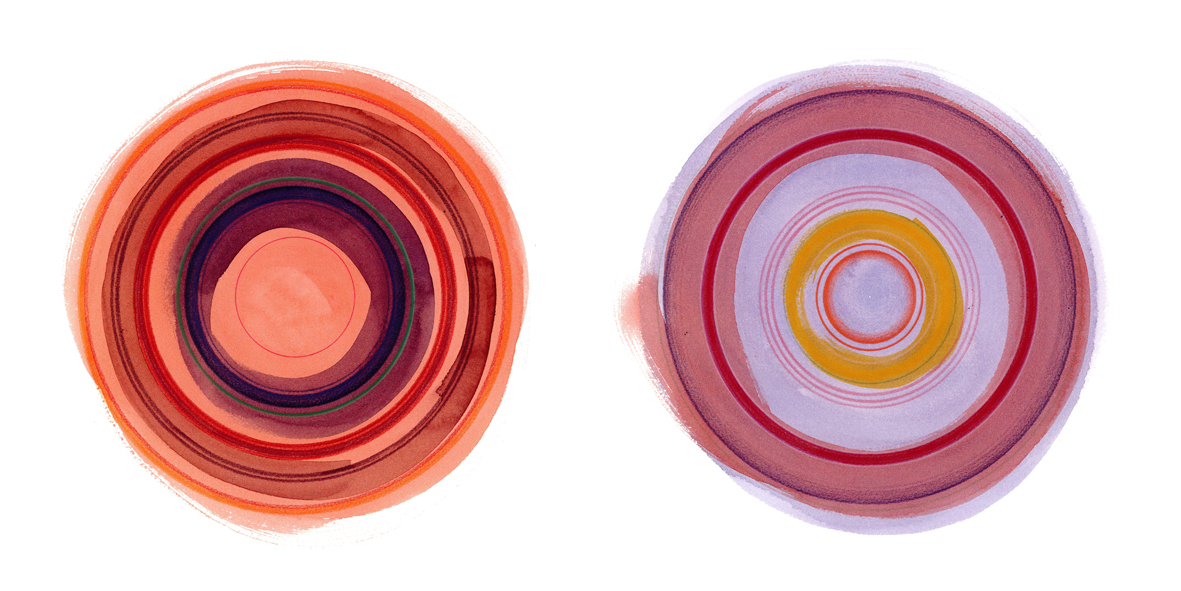I was surprised at the reliance on the ‘poster’ format in this corner of the scientific industry. Posters using information design are a quick and accessible way to communicate often immense bodies of research to a viewer. Posters are rolled up in suitcases and flown to conferences around the world, new fabric-like printing surfaces even allow for ironing in the hotel room.
A poster in one of the AWRI halls caught my eye, acting as a visual reminder of a piece of information shared with me at the beginning of my residency. In this poster (Wilkes and Wheal) I was reminded of the composition of wine, which the graphs reveal is 84% water, 14% alcohol, and the final 2% a mixture of metals, sugar, tannin, acid, and glycerol. The 2% will have some effect on taste (sweetness, acidity, bitterness, etc), but not necessarily the flavour of wine. The flavour (a combination of taste and aroma) requires interactions with air-borne volatiles, or aromas, an even smaller percentage of the wine, so small in fact that it was not even listed on this poster. *
How astonishing that wines, in all their variation, across all the grape varieties, wineries, and price points, are largely differentiated by compounds that make up around 0.1% of the product. ** It makes the connoisseurship within this vast international industry seem even more extraordinary. This vital 0.1% is formed on the vine, in the winery, through fermentation and storage; each facet carefully honed by industry experts in order to develop that fraction of the wine that carries the sensory attributes.
“ …a part-per-trillion of certain compounds may be enough to affect flavour.” (xxi, 2016, Waterhouse, Sacks, Jeffery)
This brings me back to one of my earlier posts in which I was trying to understand and articulate the diversity of influences on wine flavour. In the process I developed a wallpaper design which features drawings of some of these influences. Grape seeds for example if crushed too much release bitterness into the wine, beneficial bugs amongst the vines such as the Green Lacewing or Trichogramma Wasp naturally improve the health and therefore quality of the grapes without the addition of chemicals, and the yeasts and bacteria that are added to the winemaking process will process the sugars in their own subtle ways. This is just a limited snapshot of the complex interactions between natural and human interventions in the winemaking process which form the accumulation of flavours in wine… representing just 0.1%.
Below is an image of that wallpaper.
*The delineations of taste/aroma/flavour are too immense to delve into further here. For more information you can see the article Confusing Tastes and Flavours 2015, C Spence, B Smith, M Auvray.
**This is an oversimplification of the complexity of flavour


